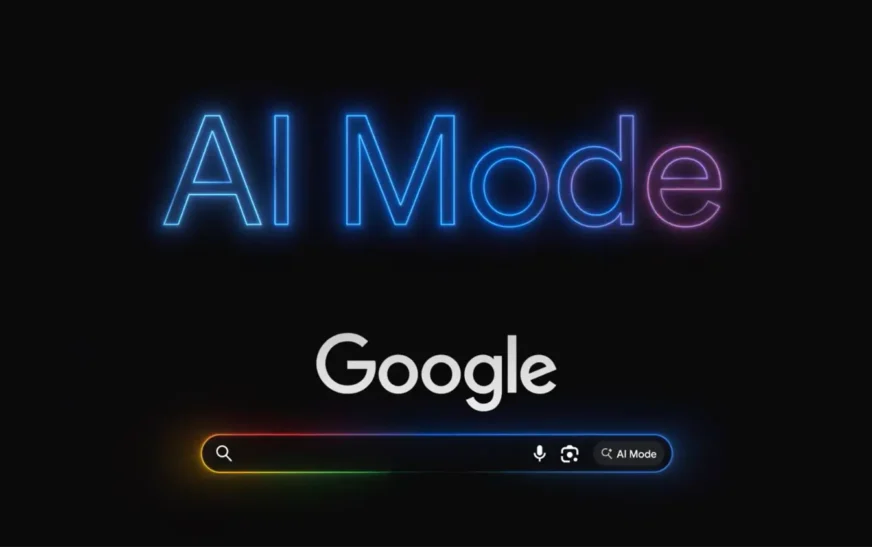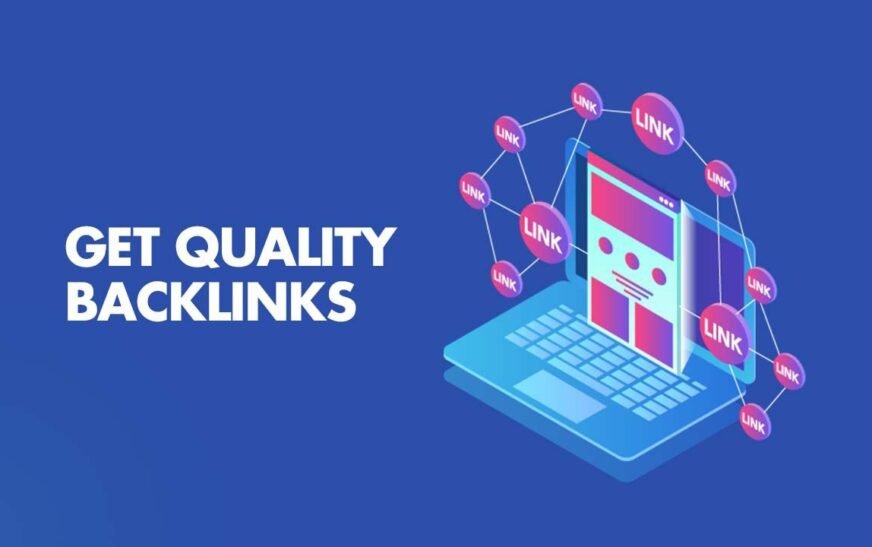Google has officially rolled out its AI-powered Search mode to all users in India, marking a major leap in how people experience and interact with search engines. This Google Search AI update comes after months of beta testing in select countries and is now being made widely available to enhance the way Indians find, consume, and act on information.
Whether you’re a regular internet user, an SEO professional, or a business owner, understanding how this new AI Search experience in Google works is crucial. This blog dives into what the rollout means, its key features, and how it affects search engine optimization in India.
What is AI Mode in Google Search?
Google’s new AI mode leverages generative AI in search results, offering AI summaries, insights, and content overviews right on the results page. Instead of traditional ten-blue-links, users now receive:
- AI-generated answers at the top of results
- Suggested next steps or questions
- Deep links to credible websites
- Visuals and carousels curated through AI
This enhanced interface is part of Google’s Search Generative Experience (SGE), aimed at providing quicker, smarter, and more contextual answers. The new Google SGE India update is optimized for multilingual audiences, currently supporting English and Hindi.
Key Features of Google AI-Powered Search in India
Here’s what users in India can now expect:
1. AI Overviews and Summarized Answers
AI will now generate brief yet detailed overviews directly in search results. Users searching for “best places to visit in Ladakh” will receive summarized lists based on top content across the web.
2. Follow-up Suggestions
After every search, Google’s AI suggests next-step queries, making search navigation more intelligent.
3. Multilingual Support (English + Hindi)
One of the most India-centric updates is the support for bilingual queries. You can type in English and get AI answers in Hindi, or vice versa.
4. Mobile-First Experience
As mobile internet dominates India, the AI Search on Android and iOS is optimized for fast loading, vertical scrolling, and voice-based follow-up queries.
5. Search Labs Integration
Users can toggle the AI mode on and off via Search Labs, giving them the flexibility to use traditional search or AI-powered search.

Why This Matters for SEO in India
With AI now playing a bigger role in delivering search results, SEO in India will undergo a transformation. Content creators, marketers, and SEO agencies need to understand:
– Featured Snippets are Evolving
Previously, getting into a featured snippet was a win. Now, the top placement may be an AI summary — changing how you approach content structure and keyword density.
– Click-Through Rates (CTR) May Drop
Since more answers are now visible directly in the results, users may not click through to your website. That means you need to optimize for AI visibility.
– Voice and Conversational Keywords Will Dominate
The new Google Search AI India version favors conversational prompts. Keywords like “how to,” “best way to,” or “what is” are more likely to appear in AI summaries.
– E-E-A-T is More Crucial Than Ever
Google’s Expertise, Experience, Authoritativeness, and Trustworthiness (E-E-A-T) framework is now directly tied to which sources the AI picks up. You need to show authority and authenticity to be quoted in AI-driven Google Search results.
How to Optimize for Google’s AI Search in India
To ensure your content stays visible and indexable, follow these tips:
Use Long-Tail and Conversational Keywords
Examples:
- “Best AI search tools for students in India”
- “How to use Google’s AI in Hindi”
- “AI-based Google updates 2025 India”
Structure Your Content with Clear H1-H3 Tags
Make use of scannable formats. AI loves content that’s easy to digest, bulleted, and sectioned with headings.
Focus on Topical Authority
Cover the full topic cluster. If your blog is on “digital marketing,” also create content around:
- “Google AI search update for marketers”
- “SEO strategy for AI summaries”
- “Impact of AI on Google ranking”
Build Author Profiles and Schema
Use schema markup and maintain verified author bios to build trust. AI tends to highlight trusted sources.
Optimize for Mobile and Page Speed
Since AI results appear quickly and above the fold, your pages must load fast — especially on mobile.
AI Search vs Traditional Search: What Changes?
| Feature | Traditional Search | AI-Powered Search |
|---|---|---|
| Result Format | 10 blue links | AI summaries + links |
| User Query Style | Keyword-based | Conversational & natural |
| Content Discovery | Manual clicking | Instant summaries |
| Language Support | Mostly English | English + Hindi |
| Search Intent Matching | Basic | Contextual and Predictive |
Industries That Will Benefit the Most
Some industries in India are especially poised to benefit from this Google AI rollout:
- Education: AI summaries help with instant answers for school/university-related queries.
- Healthcare: Searchers get faster responses for symptoms, treatments, and wellness.
- E-commerce: Product roundups and comparisons now appear directly in AI-powered cards.
- Travel: Destination highlights and trip plans show up as summarized content.
What Users Are Saying in India
Early user feedback from cities like Delhi, Mumbai, and Bengaluru suggests high excitement but also confusion about AI accuracy. Some users appreciate the faster search experience, while others are unsure how to validate AI-generated information.
Google has addressed this by showing source links directly within the AI box, letting users dive deeper into content from authoritative sites.
Is Google AI Search Mode Optional?
Yes, as of now, users can choose to activate the AI Search experience in India via Search Labs. However, given its benefits, it is expected to become the default search experience by the end of the year.
What’s Next?
The launch of AI-based Google Search in India is not just an update — it’s a paradigm shift. As Google pushes toward a smarter, faster, and more human-like search experience, businesses and content creators must adapt.













